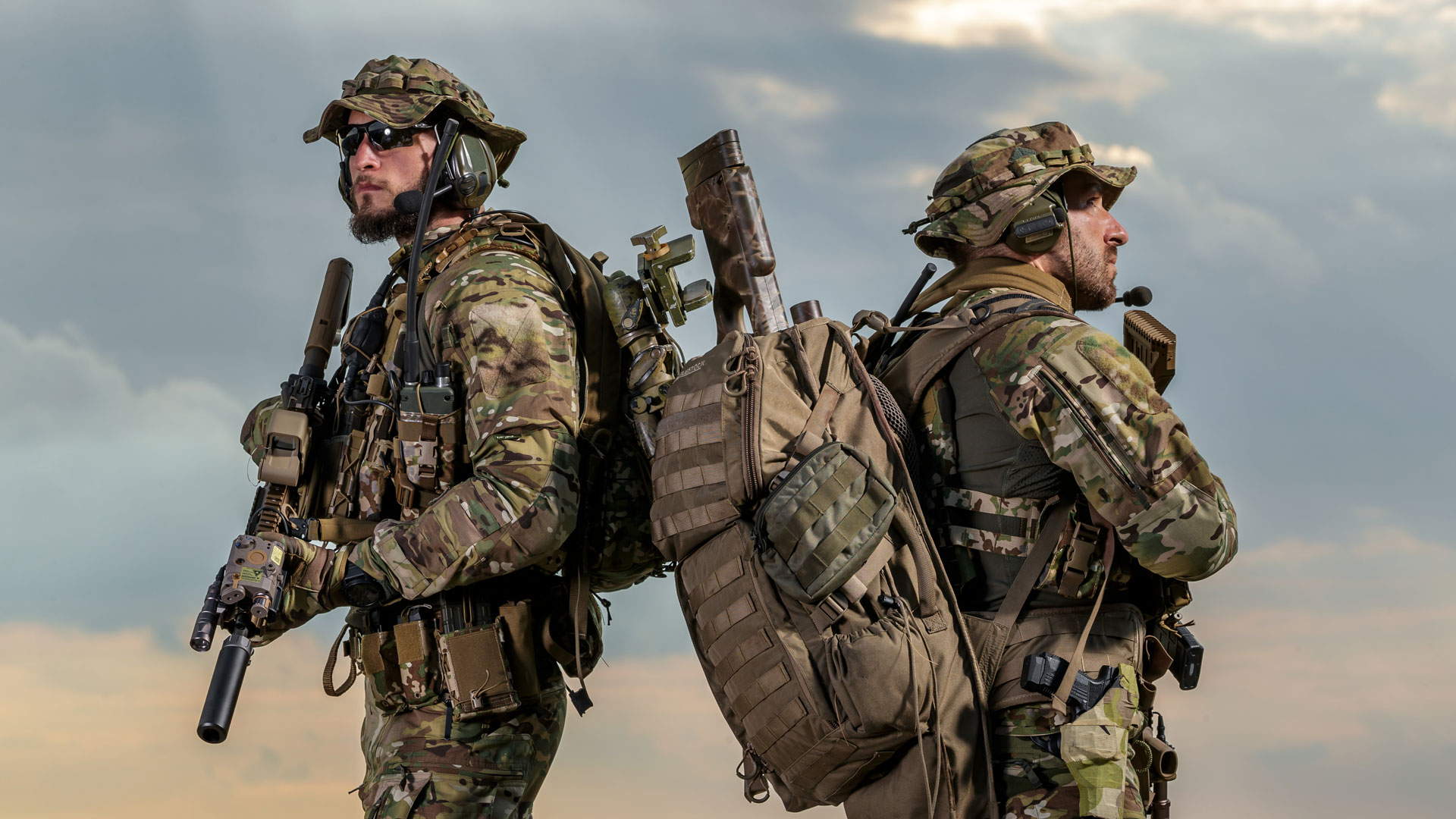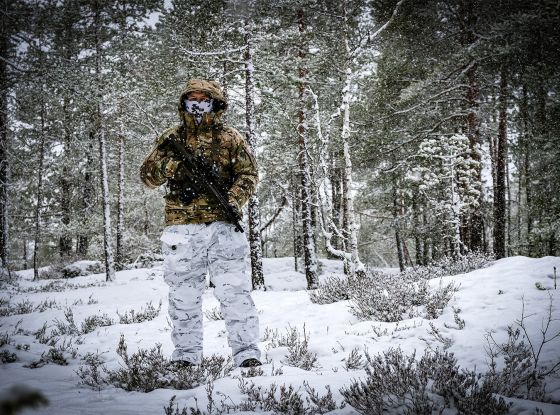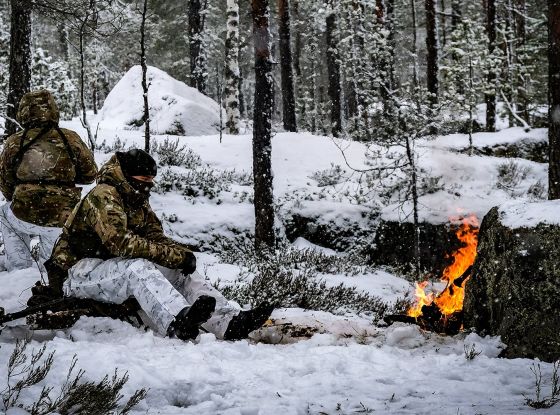Uniforms for a long time now have included tactical or military style hats. The most popular of these are patrol caps, operator caps, and boonie hats. In this post we’ll examine the boonie hat and see how it differs from another popular item of headwear, the bucket hat.
In this blog post:
- What Is a Boonie Hat?
- What Is a Bucket Hat?
- Boonie Hat vs Bucket Hat
- Why Do Special Forces Wear Boonie Hats?
- Why Do Snipers Wear Boonie Hats?
- Is It Fine For a Civilian to Wear a Boonie Cap?
- How To Wear a Boonie Hat?
- When Can You Wear a Boonie Hat In the Army?
- Other Types of Military Hats and Headgear
- Conclusion
What Is a Boonie Hat?
A boonie hat (also known as a sun hat and short for “boondocks hat”) is a wide-brim military hat that became popular during the Vietnam War and today is one of the world’s most readily recognised military hat styles. You can learn more about the history of boonie hats here.
What Is a Bucket Hat?
A bucket hat (also known as a fisherman hat) is intended for civilian recreational use (examples include hiking, trekking, and mountain climbing). Typically it is made of cotton, denim, or canvas.
Boonie Hat vs Bucket Hat
A boonie and a bucket hat resemble one another. Yet the two hats are decidedly different, primarily in terms of construction and functionality.
To demonstrate the differences, let’s do a boonie hat vs bucket hat comparison.
First, the brim of a boonie hat is stiff while the brim of a bucket hat is floppy.
The stiffness of the brim allows the boonie hat to be readily molded into whatever shape best suits the wearer’s need of the moment (although as you’ll learn in a bit, U.S. Army regulations prohibit such modifications). Still, regulations notwithstanding, the brim can be shaped to help reduce the wearer’s silhouette and make it harder to recognise the head at a distance.
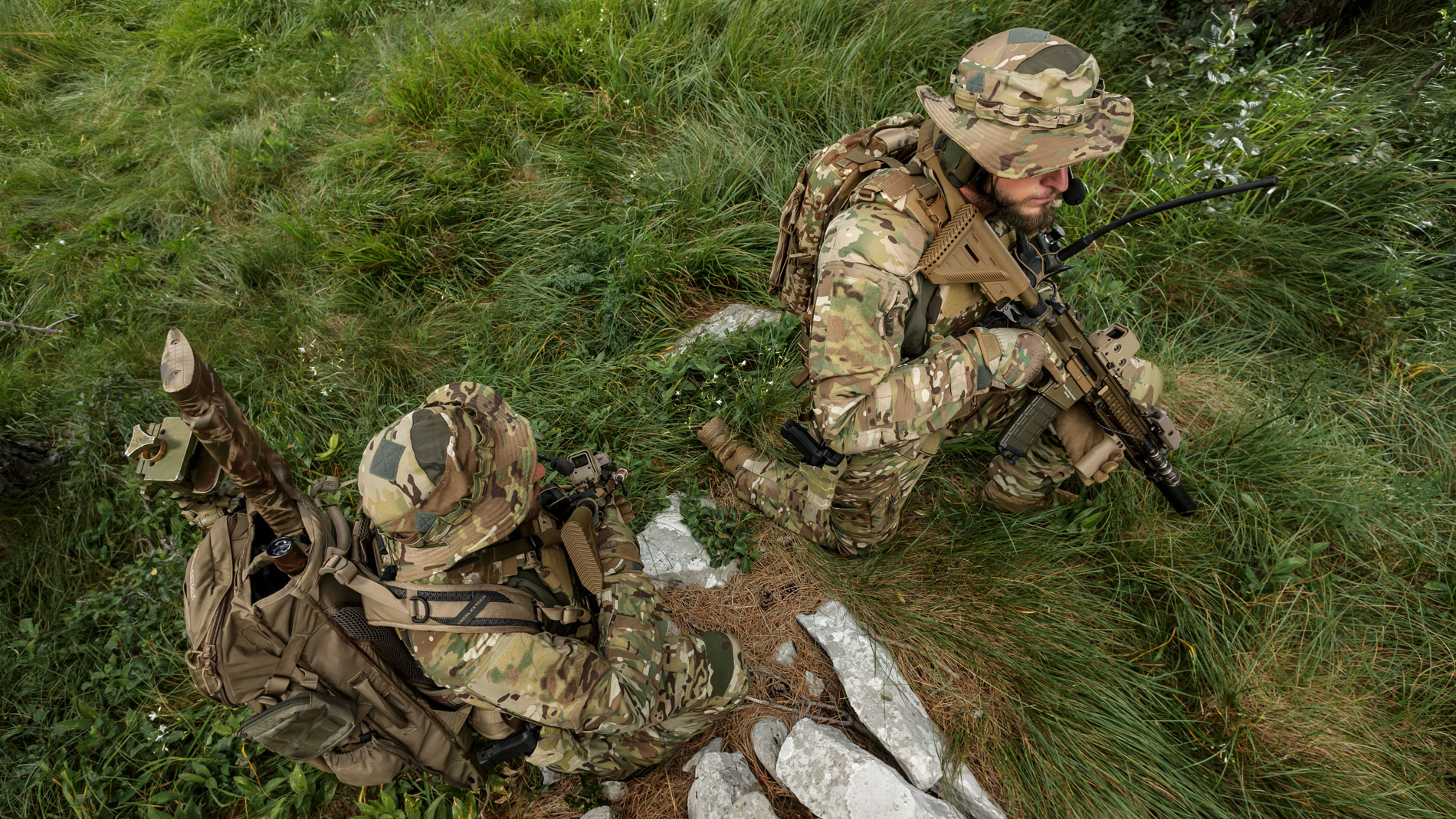
In contrast, the bucket hat’s floppy brim doesn’t really permit shaping. The way it comes from the manufacturer is pretty much the way it stays.
Another difference is that the boonie hat’s crown is customarily ringed with a band of loops. The bucket hat usually lacks these loops.
Yet another difference is the purpose for which these hats are made. The boonie hat is meant to be worn by operators embarked on tactical or military missions. The bucket hat, as noted above, is on the other hand meant for civilian recreational use.
Why Do Special Forces Wear Boonie Hats?
The military boonie hat is often worn by members of special forces. The reason is that this hat supports many of the mission types undertaken by special forces operators.
For example, when the mission calls for optimal silence while advancing on a target, the boonie hat is a much better choice than a helmet. A weighty Kevlar helmet bounces on the wearer’s head and produces a small but discernable sound. Owing to its softness and much lighter weight, a boonie hat makes no noise.
Special forces operators also wear the boonie hat because it facilitates concealment. For this purpose, operators can either wear a camo boonie hat (one that comes with the appropriate camouflage pattern already printed onto it) or they can stuff native leaves and grasses all around a plain boonie hat’s headband.
Also, as mentioned earlier, the boonie hat reduces the silhouette of the wearer’s head (which together with these other functionalities, helps make the boonie hat a top choice among military camo hats).
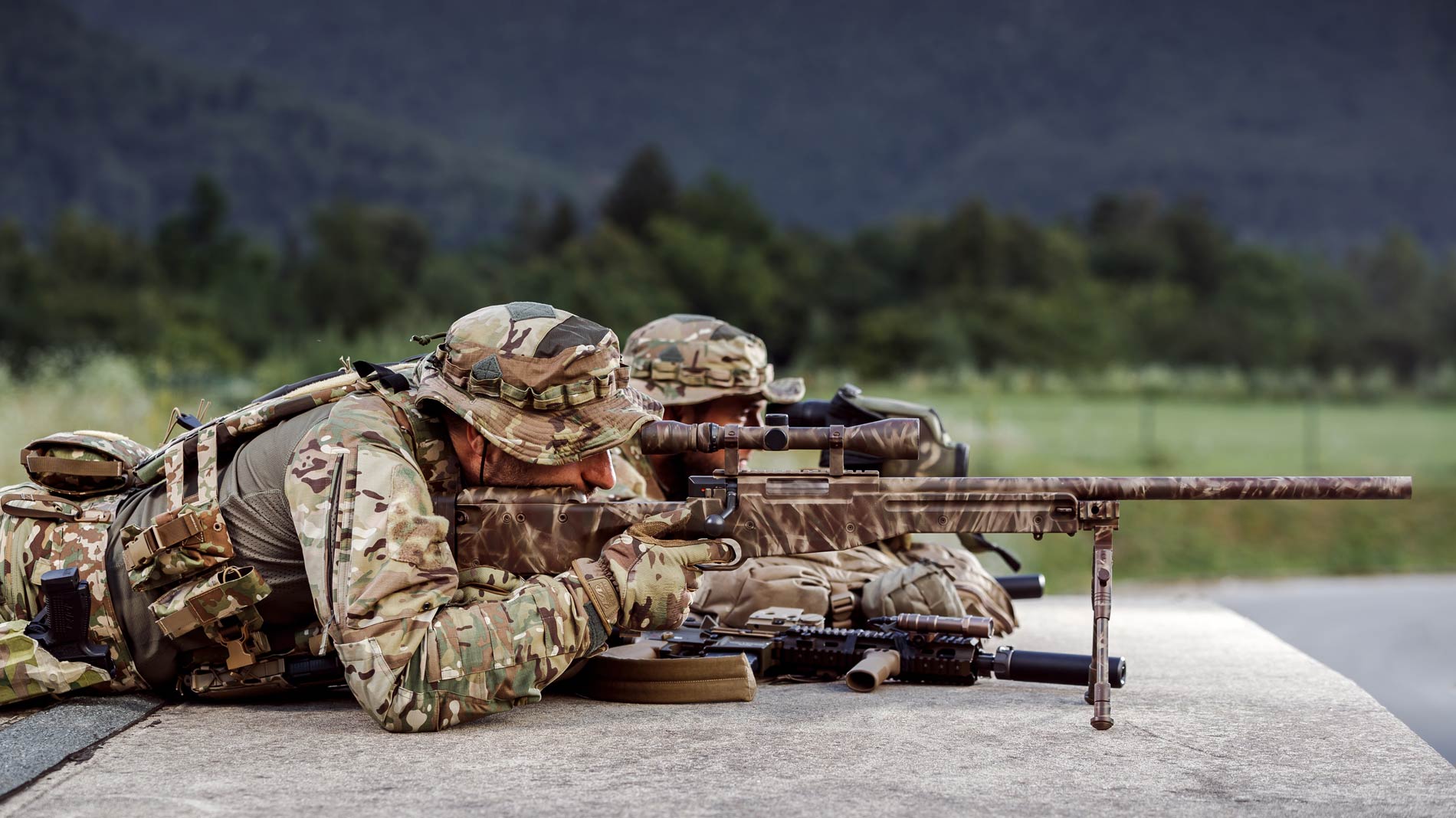
Why Do Snipers Wear Boonie Hats?
Snipers express a preference for wearing a boonie hat because it doesn’t interfere with their ability to line up a shot.
The fabric from which a boonie is made allows the brim to flex as needed so that the sniper can without difficulty get behind the gun, lay a cheek on the upper edge of the stock, and fully utilize the weapon’s optics.
Were the sniper instead wearing a helmet, these preparatory actions might become unduly complicated. The helmet could even interfere with the sniper’s shot accuracy.
Sniper’s also wear the boonie hat for the same reasons it’s worn by special forces: to eliminate as much noise as possible and to facilitate concealment.
Is It Fine For a Civilian to Wear a Boonie Cap?
In the U.S. and in many other countries around the world there’s no law that forbids a civilian from wearing a boonie cap or, for that matter, most other military hats types. It’s even okay for fans of military hats with patches to affix a unit insignia or name of a vessel to their boonie cap.
However, there is the question of “stolen valour.” In some circles it is thought that a civilian (particularly one who has never served in the armed forces) donning any type of military garment is an affront to those who did serve.
Not long ago, the website Quora.com asked veterans whether seeing a civilian in military-style garb made them upset. Nearly 200 veterans responded and almost none had anything negative to say about civilians being so attired. Indeed, the vast majority said they took it as a compliment, an attempt by ordinary people to identify with a heroic breed.
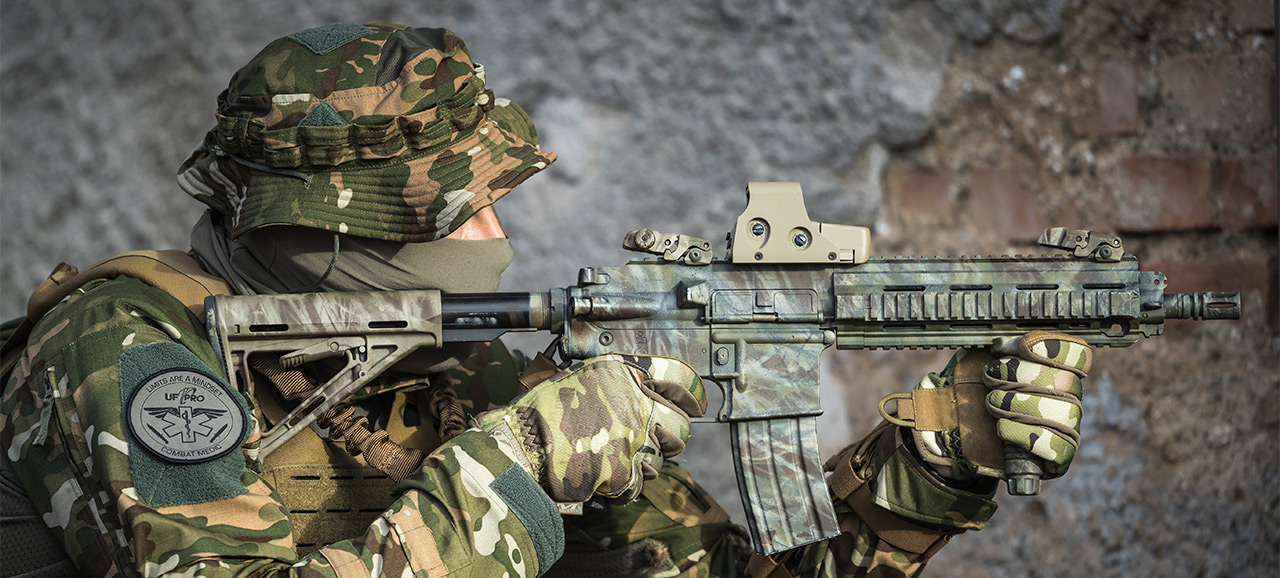
How To Wear a Boonie Hat?
The U.S. Army requires that the boonie hat (like every garment) be worn in accordance with its design, so wearers are not allowed to reshape or repurpose it into anything other than that which rolled off the manufacturer’s assembly line.
Many believe the boonie hat works best when it sits squarely on the head (its headband and the ground should be parallel to one another). Others believe the boonie hat should be worn loosely behind the head so that it doesn’t blow off in the event a sudden wind comes up from behind.
To prevent them from being blown off, almost all boonie hats come with a strap (usually an adjustable string that hangs to approximately the level of the wearer’s upper chest). There are several ways the strap can be positioned: for example, it can be worn loose or tight under the chin, at the back of the head, or tucked inside the hat (U.S. Army regs prohibit wearing the strap over the top of the hat). Some straps are permanently attached to the hat, while others are detachable.
Any locks of hair above the forehead should be tucked under the hat and not permitted to stick out from under the brim.
When Can You Wear a Boonie Hat In the Army?
A boonie hat can be worn when the commanding officer gives permission, but, generally, it’s acceptable to wear one in hot-weather environments if the helmet must come off and a patrol cap is unsuitable. Boonie hats are also approved for wear by members of a work detail.
Other Types of Military Hats and Headgear
The boonie hat is the go-to army hat for field use. However, there are other types of military hats worth mentioning. All were born of necessity and vary in functionality. And, of course, each has its own advantages and disadvantages.
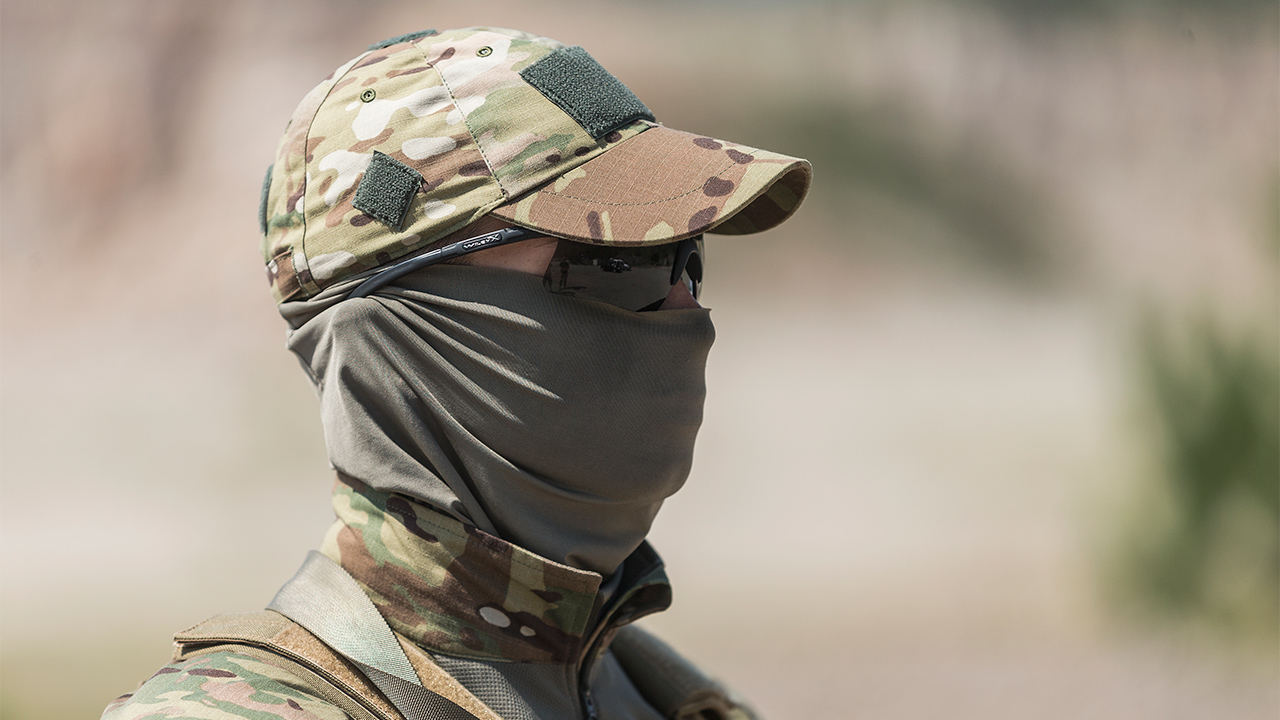
Patrol Cap
Any military cap that’s flat on top and features a horizontal visor extending from the front is called a kepi. That’s basically what a patrol cap is. Specifically, a patrol cap is made of soft material; the only stiff element is its visor. It looks very much like a baseball cap.
Patrol caps are a popular substitute for combat helmets, but usually just in situations where there is minimal risk of exposure to flying shrapnel and other airborne objects with the capacity to inflict serious impact injuries to the head.
U.S. Army Rangers operating in Korea during the early 1950s wore a forerunner of today’s patrol hat. It was known as the M1951 cap. Because temperatures on the Korean peninsula could dip to freezing and below, the olive-drab M1951 came equipped with a woolen piece of hanging flannel at the back and sides to provide protection from the winter cold. When not needed this flap could be folded up and out of the way, and the hat would provide protection from the hot sun during the summer months. Soldiers typically wore the M1951 under their helmet which was possible due to the cap’s soft cotton construction.
Later in the decade of the 1950s, the M1951 was superseded by the similar-in-style but stiffer Ridgeway Cap. Possibly because Cuban dictator Fidel Castro had adopted the Ridgeway as his signature headwear, the U.S. ditched that style in 1962 (the same year as the Cuban Missile Crisis which brought America and the then-Soviet Union to the brink of nuclear war).
The patrol cap disappeared from U.S. Army use until 1981. That year the Americans issued the M81 battle dress uniform. In 2004, the M81 was mothballed and replaced by the ACU (Army Combat Uniform), but the 1980s-era patrol cap lived on. In its current iteration, the U.S. Army patrol cap is made of a nylon-cotton blend, so it’s both durable and comfortable.
Watch Cap
Among the most often seen types of military hats is the watch cap (so called because it’s worn while on watch). The watch cap is knitted from wool (but not always) and is tight-fitting, so it excels at keeping the head pleasantly warm.
Watch caps typically are constructed with enough added material along the bottom to let the wearer roll the excess upward to form a cuff. They’re not intended to make a fashion statement. For that, you need to acquire a beanie or a toque, both of which resemble the watch cap.
Historians tell us that the direct tactical hat ancestors of watch caps first appeared in the 18th Century. Among the first to don them were insurrectionists in what is today the province of Quebec. In 1837, these insurrectionists attempted to overthrow British rule in a cold-weather conflict that came to be known as the Lower Canada Rebellion.
During World War II, the majority of American sailors aboard ships seeing action in the frigid waters of the North Atlantic and Bering Sea wore a watch cap whether above or below deck.
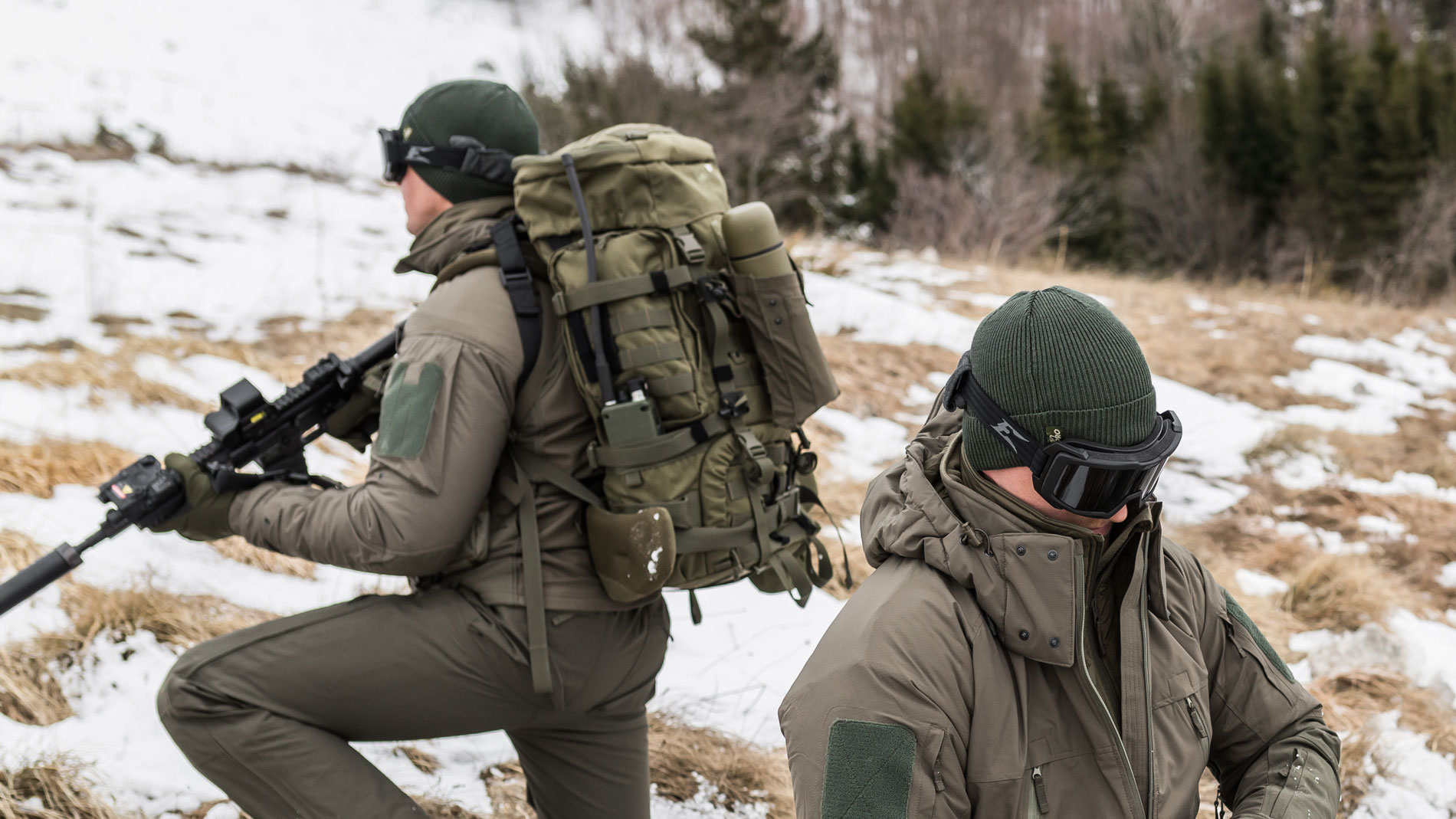
Beret
The military beret hat is a soft, sloping cap with material gathered to one side. It can be made of felt, wool, cotton, or acrylics. Its purpose is to keep the head warm but also to give the wearer a jauntily distinctive appearance.
Unlike other army hat types, the beret was and still is best-known as civilian headgear. In the Middle Ages, peasants wore berets as a symbol of their place near the bottom of the societal ladder. In the mid-1800s, painters and sculptors living along the Left Bank of the River Seine in Paris made the beret synonymous with the fine arts.
In the early 20th Century, Hollywood movie directors were always stereotypically portrayed as wearing a beret (while holding a megaphone in one hand). Even today, the beret remains popular with men and women across Europe (most notably France and Spain) and beyond, but primarily as a fashion statement rather than a functional item of apparel.
Armed forces and law enforcement organizations see the beret as both: part fashion statement and part functional accessory. They also see it as an important asset for cultivating esprit de corps among the ranks.
France was among the very first to make the beret standard issue for its military, specifically as part of the uniform worn in the 1880s by its crack mountain troops. From that time forward, the beret was almost invariably associated with elite special forces including tank units, commando teams, paratroopers, and security detachments.
One of the nice things about the beret is it’s easy to stow. Because of the materials used and the way it’s made, a folded or rolled beret can be conveniently slid under a shoulder epaulet without detracting from the appearance of the uniform (and without ruining the cap itself). Likewise, the beret can be harmlessly placed inside a shirt, jacket, or pants pocket.
Also nice about the beret is that over-the-head earphones can be worn with it. Other types of hats must be removed first before earphones can be used, but not so the beret.
Combat Helmet
The ultimate army hat is a helmet. Its job is to protect the wearer's head from ballistics, shrapnel, and other types of physical impacts. No helmet is bulletproof; but those made of Kevlar and similar advanced materials are at least bullet-resistant.
A good helmet is comfortable and doesn't shift position when the wearer marches, runs, dives for cover, jumps over obstacles, and engages in other physically demanding actions. Further, a good helmet doesn't get in the way of the wearer's line of sight or field of hearing.
The helmet has a long and storied history. It was used in battle as far back as records go. But toward the end of the 1600s, helmets fell out of favour for the next three centuries (during that span, armies attired troops in felt tricorn hats and, later, kepis and American West-style calvary/cowboy hats).
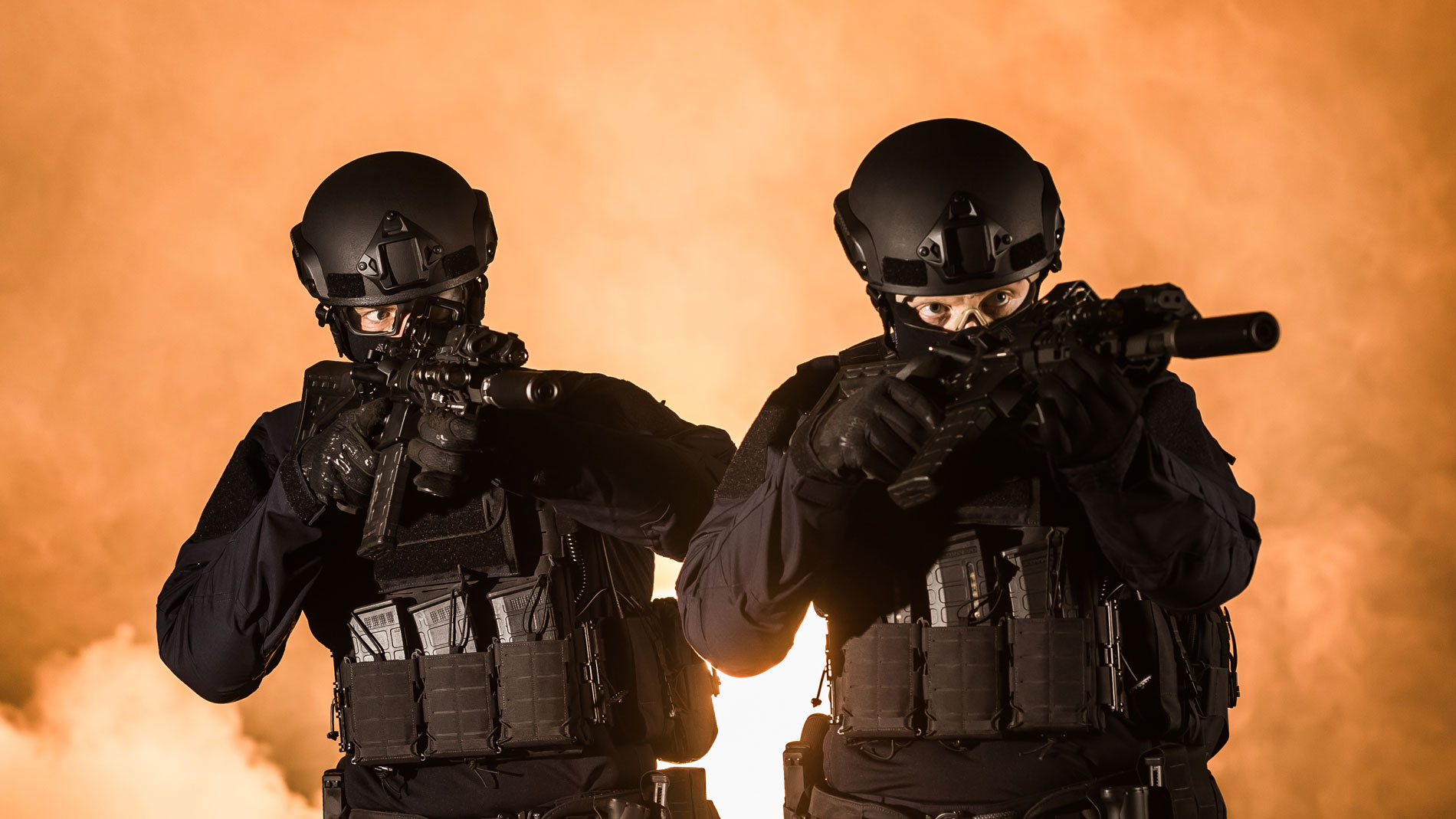
It was in World War I that the helmet made a huge comeback. Battleground conditions were such that commanders of the opposing forces quickly realised that their troops needed far better head protection than that afforded by fabric caps and hats. In short order, steel helmets became standard issue.
The current-issue helmet in the U.S. is the Enhanced Combat Helmet (ECH), first put into service in 2012. Its British counterpart is the MK 7 helmet, which has been used by U.K. forces since 2009.
Conclusion
The boonie hat is a favourite of military personnel far and wide owing to its comfort factor and functionality. It can’t stop bullets and shrapnel, but it can certainly stop the sun (which is why it’s right at home in hot deserts and steaming rainforests).
Although designed for use as an army hat, the boonie is also worn by civilians who appreciate its simple yet versatile features.
Notably, the boonie hat is not the only type of headgear available to provide comfortable protection to the head. There are also patrol caps and watch caps and many others. Each has a role to play in enabling operators to get the job done successfully, safely, and in style.

